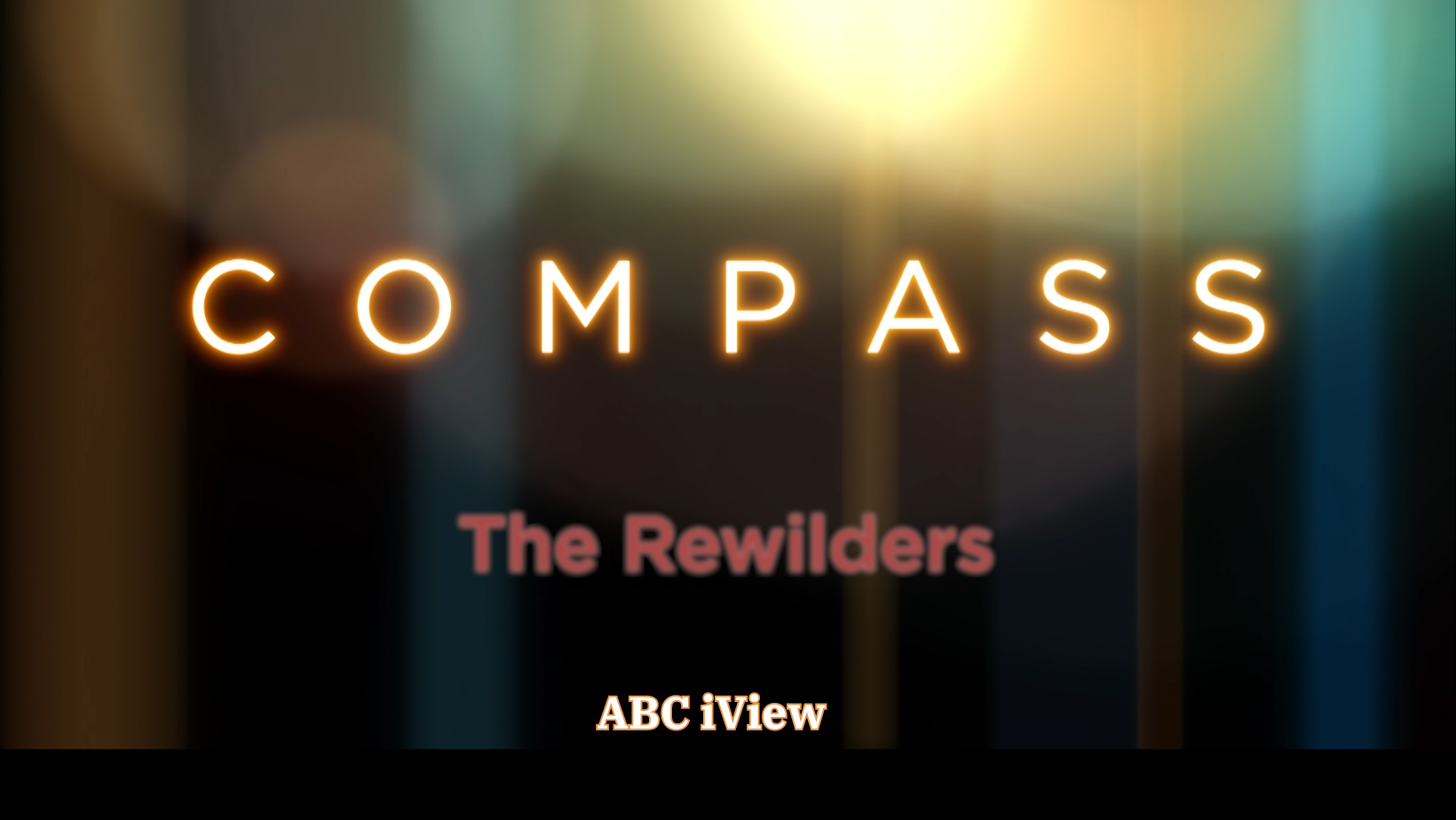Star Navigation
/If you’re anything like me, orienting myself south via the southern cross is about as far as my astronomical navigation goes. Looking up at the night sky, I am often aware of how limited my knowledge is, and marvel at the level of trust that seafarers and explorers once gave to star bearings.
Recently though I stumbled across a story about Aboriginal Australian celestial navigation that has me open-mouthed in awe. Conducted by UNSW PhD student Robert Fuller, the research has found that many of our highway systems probably run on ancient songlines that were known and mapped by an incredibly detailed system of star markers.
The source of knowledge was Ghillar Michael Anderson, a Euahlayi ‘culture man’ from Goodooga, near the Queensland border – a place where “the western plains and the star-filled night sky meet in a seamless and profound display,” remarked Robert.
Sitting under those stars one night, Michael pointed out a pattern of stars to the southeast, and said that they were used to teach Euahlayitravellers how to navigate outside their own country during the summer travel season.
As an astronomer, Robertimmediately realised that those stars were not in the direction of travel that Michael was describing, and wouldn’t be visible in the summer, let alone during the day when people would have been travelling.
Less than a map, Michael, explained, the stars were more of a memory aid.
Taking the questions home, Fuller looked at a route from Goodooga to the Bunya Mountains northwest of Brisbane, where an Aboriginal Bunya nut festival was once held every three years. He deducted that the pattern of stars showed ‘waypoints’ on the route, usually waterholes or a turning place on the landscape, giving the kind of directional guideposts that the modern GPS offers us.
Further discussions with Michael shed light on the methods of this technique. A person who had travelled the intended route was tasked with teaching others how to navigate to the destination before the planned summer sojourn.
The ‘star map’ was used as a memory aid in teaching the route and the waypoints. Rather than drawing a map in the sand however, the teaching was conducted in song – the route essentially a story that travelled over the landscape imprinted with song – hence a ‘songline’.
Robert learned that there are were many routes/songlinesfrom Goodooga to destinations as far as 700 kilometres away. Overlaying the star map with the modern road map, Robert was surprised to find a remarkable overlap. Picked up by drovers and settlers as the easiest routes of travel, the songlines became tracks which eventually became our highways. The memory of these star routes is mostly lost, the Kamilaroi Highway running from the Hunter Valley to Bourke, one of the few which recognizes in name its ancient origins.



